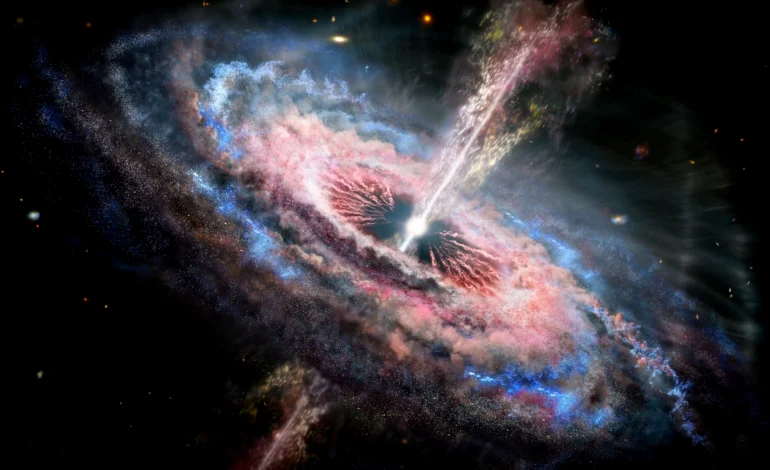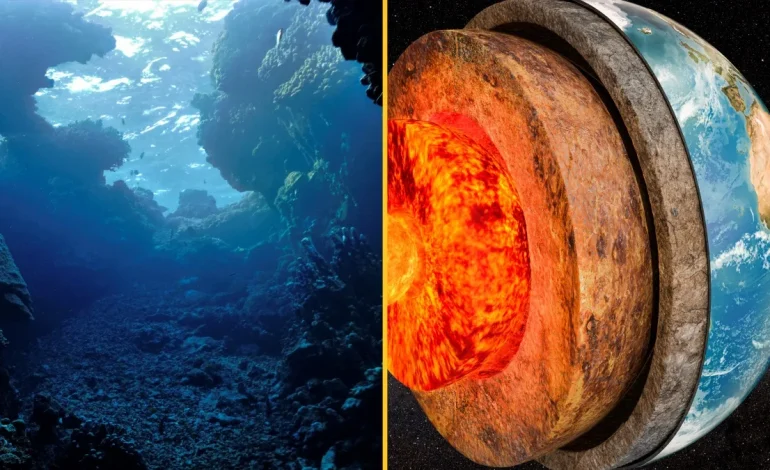
The Universe’s Secret Life Before the Big Bang: New Study Suggests
Could the Universe Have Existed Before the Big Bang?
A groundbreaking new study challenges the conventional understanding that the universe began with the Big Bang. Instead, it proposes a theory where the universe goes through cycles of contraction and expansion, suggesting that our universe may have a “bouncing” nature. If true, this could reshape our understanding of the cosmos and offer insights into two of its most enigmatic components: black holes and dark matter.
Dark Matter and Black Holes Before the Big Bang
The recent study hints that dark matter could be composed of black holes formed during a transition from the universe’s last contraction phase to its current expansion, which occurred before the Big Bang. If this hypothesis proves accurate, gravitational waves generated by these early black holes might be detectable by future gravitational wave observatories. This could provide the first concrete evidence of dark matter being linked to pre-Big Bang events.
The Mystery of Dark Matter
Currently, observations show that around 80% of all matter in the universe is dark matter. However, dark matter does not interact with light, making it invisible and difficult to study. The new study suggests that dark matter could consist of primordial black holes, which were formed from density fluctuations in the universe’s last contraction phase. These black holes could have survived the transition into our current universe, making them prime candidates for the mysterious dark matter.
Rethinking the Big Bang: The Bouncing Universe
Traditional cosmology holds that the universe began from a singular point and expanded rapidly in an event known as inflation. However, the new study explores a different idea called non-singular matter bouncing cosmology. This theory suggests the universe initially underwent a contraction phase, shrinking to an incredibly small size before “bouncing” back due to the high density of matter, leading to the Big Bang and the expansion we observe today.
Implications of a Bouncing Universe
If the universe indeed experiences cycles of contraction and expansion, it would mean that the Big Bang was not the beginning but a transition point in an ongoing cycle. During the contraction phase, the universe could have reached such high densities that quantum fluctuations led to the formation of small black holes, which could explain the presence of dark matter. These primordial black holes, created before the Big Bang, could still exist today, providing a new angle on solving the dark matter mystery.
Conclusion
This new theory of a bouncing universe opens up exciting possibilities for understanding the origins of the universe and the nature of dark matter. By suggesting that black holes formed before the Big Bang could be the source of dark matter, this study invites scientists to rethink long-held beliefs and explore the universe’s deeper mysteries.


